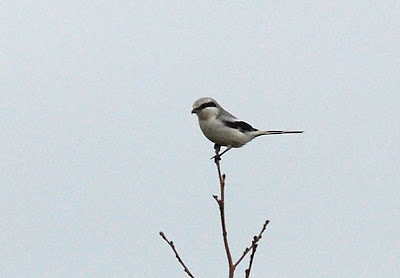Agrostemma githago
 |
| Common Corn Cockle, foto: stig bachmann nielsen, naturplan.dk |
Common corn cockle is an example of that appeareance is deceptive. The beautiful flower reveals nothing about that the plant is a troublesome weed with poisonous seeds. Agrostemma is a genus of annual plants in the Caryophyllaceae family, containing the species known as corncockles. Its best-known member is Agrostemma githago, the Common Corn Cockle, which is a native of Europe, where it is simply called "the Corncockle". The species is a weed of cereals and other crops, probably with a centre of origin in the eastern Mediterranean. Nowadays declining in its native range because of improved seed cleaning, it is found as a weed worldwide. In Denmark it was a common and very feared weed in rye and wheat, but it is now very rare and on its way to disappear from the flora.
The corncockle was probably let into Denmark with unclean seed corn (wheat) already in Stone Age, contemporary to the beginning of corn cultivation in the country. Capsules and seeds were found in Roman Iron Age sites. Since the 1300s the corncockle was often confused or mixed with Giftig Rajgræs (Poison Darnel). The corncockle is synonymous with weed and seed cleaning. It was a common farm work in early summer to weed the corncockle from the wheat. On 12. April 1631 king Christian IV writes to his vasal at Frederiksborg castle that the manager must let boys and girls weed corncockle from barley and put them in a basket on their arm. Many proverbs and sayings are about this weed.
Poisoning:
It was not possible to cleanse the corn enough; the smallholders had to come and assist on the manors, separating the seeds with a sieve. The seeds were cooked in a wash boiler in the scullery into a poor, but usable pig fodder, and the farmers were afterwards sure that viable seeds did not return with the manure to the fields. Little pigs, chicken and other poultry were poisoned by the seeds. In a farm they gave 220 ducks a fodder from cleansed seeds stirred into water - the ducks all died.
Snaps:
"The seeds were damaging for the chest, but strong and useful for snaps". The corncockle gave much to the snaps, when it was burnt together with other corn, although the snaps became more blue. The snapsburners sometimes paid more for rye mixed with corncockle; this gave a stronger and more intoxicating snaps, " which is known by everyone." If the rye harvest was much polluted with corncockle, it could not be sold as seed corn, but the flour was good for rye-bread.
Wash:
People on the island Ærø cooked woolyarn clean in lye from finely grained corncockle seeds, which was also used in Jutland. Stockings and woolen cloth were soaked and washed in corncockle lye, which made them dazzling white. The lye was also good for the wash of coloured cotton. The seeds were used for stamping and fulling woolen cloth. In 1870 they still washed with a lye of corncockle seeds and beech ashes.
Medicine:
Advice in old medical books : the juice from green corncockle rubbed upon sick eyes; crushed corncockle plant mixed with sulphur, pigeon manure, flaxseed and vinegar as a compress upon leprosy; crushed seeds boiled in beer or oil was a drink against ague; sundried seeds for cramp; corncockle flour and wormwood juice put upon the navel killed children's intestinal worms; if the root was held under the tongue it would stop nosebleed.
The corncockle seeds form a part of a medicament against "negl i øjet" (nail in the eye) = keratitis in horses.
Food, Change, Harvest:
The seeds were used to fake cumin; chopped leaves from young plants could be used in meat dishes together with vinegar. People thought that rye and wheat were changed into corncockle in bad soil and bad weather. The rye had to be harvested, when the seed capsules were black and began to open; if they were open when the rye was being harvested, then it had only to be "aired" for a few days.
Source: Folk og Flora, Dansk Etnobotanik af V.J. Brøndegaard, Rosenkilde og Bagger, 1979.
photo: stig bachmann nielsen, naturplan.dk









































